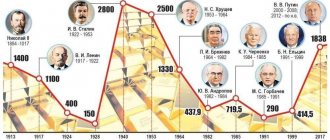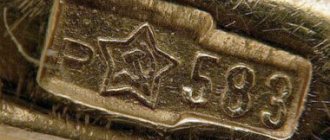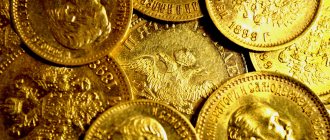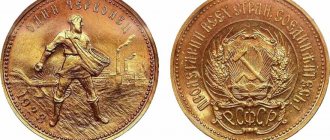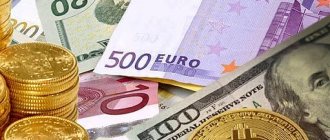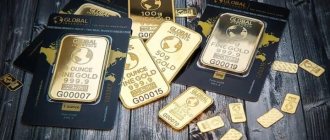Post updated: May 28, 2020
Most countries' currencies are not backed by gold reserves. There is also no link between the ruble and gold. The gold reserve available in Russia is not enough for this: even if the ruble backing is implemented, it will amount to about four percent. The only opportunity to do this is only in cases of global changes in the economy, but it is very difficult for the state to decide to take such drastic actions.
Nowadays, the ruble is not tied to gold.
How was the ruble secured?
The ruble as a monetary unit was introduced into circulation by Peter I and was minted from silver at that time. The raw material for the coins itself confirmed its status as a solvent unit. Then banknotes appeared in circulation, which very quickly depreciated and were not trusted even within the country. The only attempt to peg the ruble to gold was made at the end of the 19th century and ended very successfully.
Gold coins came into circulation and could be freely exchanged for paper money. The 1:1 ratio was not violated. In the pre-revolutionary period, the ruble's supply of precious metals reached 150%. This entire system, which was finally put into operation, collapsed after the revolution, when a political crisis reigned in the country and the economy was practically destroyed.
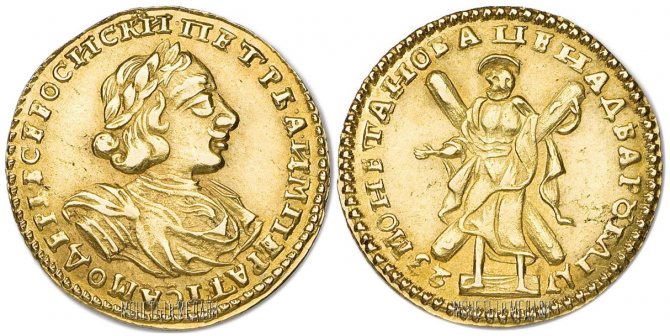
Ruble from the era of Peter Perov.
The fact that a currency is endowed with resources or a state reserve is usually assessed positively. According to world practice in recent years, a currency can be stable even without collateral. An example is the euro. This currency is not tied to the national economy, much less has any backing, but is quite successfully used and converted.
The Russian ruble is not backed by gold. Among the factors that provide the national currency, analysts name a large amount of foreign currency - the receipt of dollars from the sale of energy resources. Modern realities of geopolitics and economics force government authorities to think about stabilizing the ruble by other means. Is it possible to introduce backing of the Russian ruble in gold again?
Exchange
Maxim Biryukov, senior analyst at Alfa Capital Management Company:
— The Russian market is suffering fairly moderate losses compared to American indices. So far, global risk aversion is affecting Russian assets to a lesser extent, which is partly due to the relatively small share of foreign investors and significant exposure to commodity assets, despite the rapid growth of recent months, which have consistently avoided a noticeable correction.
If OPEC+ avoids a partial lifting of restrictions next week, the oil market may have an additional reason to rise. It is possible that this factor will provide additional support to Russian assets. Considering the strong fundamental picture of the American market, the emerging stop in the growth of Treasury yields and the past correction, we consider the current levels interesting for purchase.
Is a return to the gold standard possible?
In the context of sanctions from Western countries and comprehensive pressure on the Russian economy, the idea of abandoning payments in dollars is heard more and more often and more insistently. As an analogue, a currency system based on collateral in the form of yellow metal is proposed.
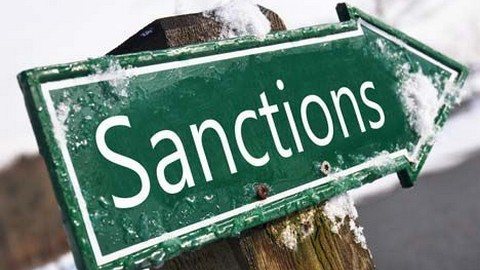
The introduction of sanctions against Russia is pushing for a discussion of the gold backing of the ruble.
Some actions of the Russian authorities indicate that work in this direction is underway. A weak ruble becomes a threat to the development of the domestic economy, prompting the Central Bank to raise rates. In the short term, the weakening of the ruble will not bring anything good, and the Central Bank of the Russian Federation cannot endlessly raise rates to protect the currency.
The situation is complicated by the sanctions imposed against Russia: the ruble has fallen over the past year against the dollar by more than 30%. The pricing of the ruble in American dollars occurs through foreign exchanges, which also does not strengthen Russia’s position. A currency war threatens serious economic problems, so many experts express support for the option of returning to the gold standard.
Options for creating gold collateral
How can the ruble be pegged to gold? With the Russian economy at 2 trillion. US dollars, external public debt is about 378 billion. Foreign exchange reserves are approximately 429 billion dollars, of which about 45 billion are stored in the form of real precious metal. The budget deficit will be about 1% of GDP in 2015. These conditions suggest that the gold standard can be introduced and successfully used for a long time. The two main conditions for its success will be strict adherence to budget discipline and strict control of the credit sector.
By setting ruble-to-gold conversion rates, the Central Bank will be able to use all its powers to manage currency liquidity. Authorities will no longer be limited to gold buying and selling transactions.
One option could be the issue of coupon bonds, the yield on which will be tied to gold.
Managing the ruble exchange rate under the gold standard will cause some difficulties, but with the competent work of the Central Bank, they can be resolved. Lending growth will have to be limited, otherwise the entire created system will be at risk. The massive conversion of rubles into precious metals can be regulated by withdrawing the currency from circulation.
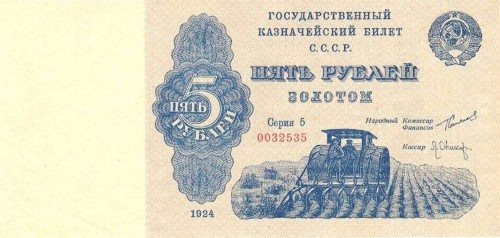
In general, pegging the ruble to gold is quite possible with the implementation of some economic reforms.
The main threat to the gold backing of the ruble is the central banks in London and New York, which can buy rubles and present them for exchange for the yellow metal. But this possibility can also be limited by introducing special rules.
It is unclear whether the ruble will be backed by gold or other collateral in the near future. The assessment of the consequences for the country's economy is as follows: with the introduction of the gold standard, the ruble should stabilize. This will mean that the increase in the cost of living will slow down markedly, and domestic savings will begin to grow. Ideally, this could lead to political consequences: lower government spending on social security, the establishment of monetary stability and low taxes. All this should create conditions for the creation and further development of a strong production basis for the domestic economy.
conclusions
Is the Russian ruble backed by physical gold? No, today Russia does not have a monetary system based on the gold standard. Theoretically, such a fundamental economic decision can be made; the current geopolitical situation and the state of the gold market allow this to be done. Such measures will require strict regulation of the credit sector and a systematic policy regarding the regulation of the ruble exchange rate from the leadership of the Central Bank.
If you find an error, please select a piece of text and press Ctrl+Enter.
Critical view
Some experts view the return to the gold standard critically. The history of economics knows positive examples of such government actions, but now is a completely different time. Factors that correspond to the actual state of the economy should be taken into account.
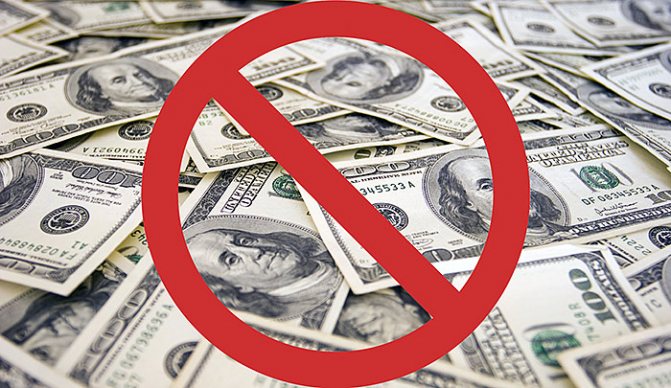
The transition of the world's major economies to being backed by gold will be the moment of collapse of the system based on settlements in American currency.
Monetary-type inflation will create uncertainty risks for capital investments and effectively destroy savings, which are vital for financing. Some believe that currency management cannot lead to economic growth.
But the real situation is that if the countries with the largest economies in the world begin the transition to the gold standard, this will mean one thing - the end of the dollar-based currency system. Whether the ruble will be tied to physical gold or not depends on the decision of government authorities. The decision must be made taking into account the size of actual budget expenditures and the presence of long-term obligations.
Such steps by individual countries will lead to a split into two camps: some will use the gold standard, while others will not be able to do this or simply will not want to take this step.
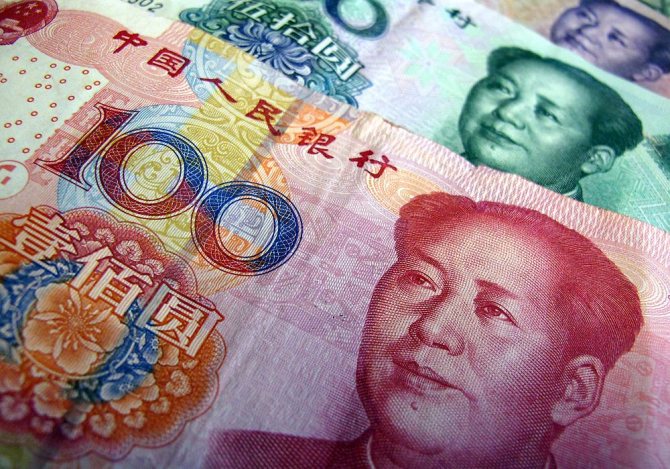
China's policy of increasing its gold reserves and increasing production volumes could make the yuan an international currency and a competitor to the dollar.
Among those states that can do this and are systematically preparing for the introduction of the gold standard is China. The demand for gold from China in recent years has always been one of the highest; government policy is aimed at accumulating gold reserves and stimulating private investment in the metal. These measures allow the Chinese economy to protect itself from external and internal negative factors.
Chinese authorities often blame American policy for the current situation in the gold market. The US is using its huge gold reserves to suppress other currencies in order to maintain the dollar's leadership. Further strengthening of the Chinese economy may allow the internationalization of the yuan, which will become a competitor to the dollar.
Gold has historically played an important role in protecting the economic security of the state. The introduction of a gold standard, taking into account all the accompanying restrictions, can really save the country's economy in times of crises and wars.
There is another opinion regarding the introduction of the gold standard. Economists say that such a monetary system will not be sustainable, since the supply of money will be controlled not by banking institutions, but by mining companies. The price of gold will constantly change, especially depending on the discovery of new deposits of the precious metal, and inflation will be replaced by deflation.
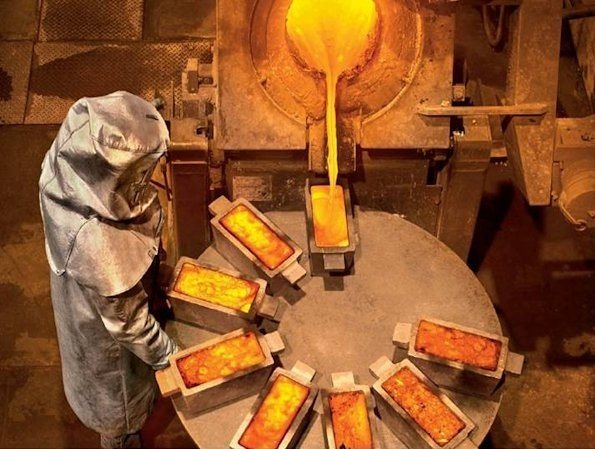
Of course, the volume of production of the yellow metal will affect the economy, but not as dramatically as the “printing press” of the US Federal Reserve.
This development of events is possible, but has several open questions. The rate of gold production is growing much slower than the US Federal Reserve's money printing is increasing. Such actions always lead to inflation and undermine the stability of the monetary system. Under the gold standard, it is simply impossible to make money indefinitely.
Oil
Anna Morina, head of the analytical department of Otkritie Bank:
— The next week will be quite important for the oil market: on March 4, an online meeting of the OPEC+ ministerial council will take place, during which decisions that are significant for the market may be made.
For now, it is believed that most likely OPEC+ will reduce production restrictions by 500 thousand barrels per day from April 2021 (that is, actually increase production), and Saudi Arabia will gradually restore production, abandoning voluntary production restrictions by 1 million barrels per day.
Against this background, from April the oil market may either go into excess or become balanced, which will put pressure on the price and may cause a stronger downward price correction as early as March.
If the OPEC+ decision is different (for example, Saudi Arabia decides to immediately increase production by 1 million barrels per day), then with a general increase in production we will see a stronger drop in prices. Or, on the contrary, if OPEC+ decides not to increase production at all, then the downward correction will be less pronounced.
With all options, it must be taken into account that the current price level is quite high for the current ratio of supply and demand for oil on the world market. From March, in any case, oil supply will increase slightly under the January OPEC+ agreements, which will also put pressure on prices. In addition, the strengthening of the US dollar and rising bond yields also have an indirect negative impact on prices.
Significant support levels for next week are $64-62-60 per barrel of Brent.
Ruble and dollar: what connects them
If you try, you can find some connection between these currencies. To do this, you should consider them as an investor. Think for yourself, in whose currency would you invest your funds? Drop patriotism. Yes, yes, the American dollar is indeed much more attractive than the ruble.
And the point here is this: it is freely convertible in virtually any country in the world . It doesn't matter whether it's Russia, the People's Republic of China or Iran. The currency, as they say, is international. In addition, most of the transactions carried out between a variety of countries take place in dollars.
Let's not go far. Let's return to our state, to Russia. Our main income to the state treasury comes from oil and gas, which have recently begun to fail and are depreciating day by day. We export hydrocarbons abroad and sell them not for rubles, but for US dollars (the rest of the world does the same). Next, the profit received is converted into national currency: taxes are paid to it; wages are paid; At the same time, a certain part goes to the state treasury.
